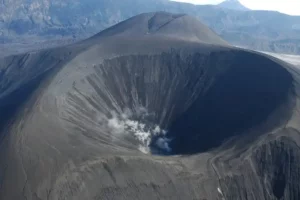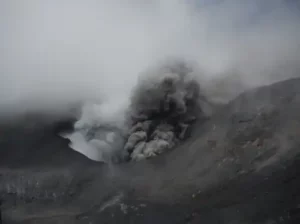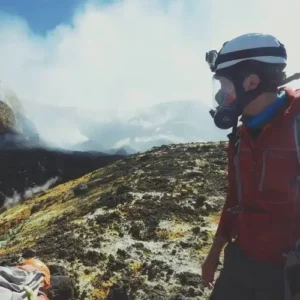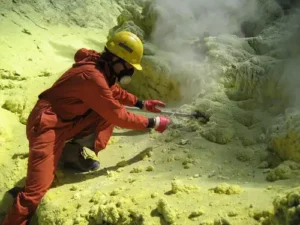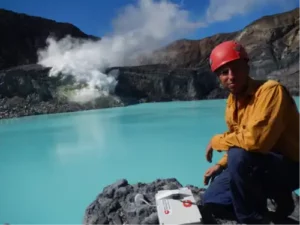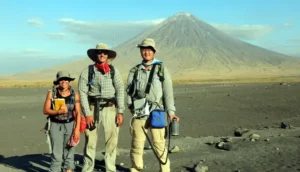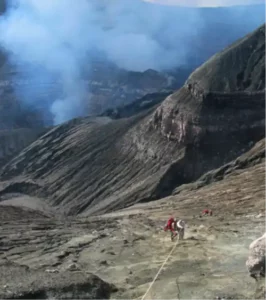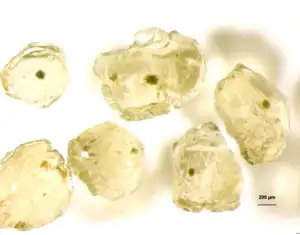
Deep Mantle Chemistry Surprise: Carbon Content not Uniform
Even though carbon was one of the most abundant elements on Earth, it was actually very difficult to determine how much of it exists below the surface in Earth’s interior. Research by Deep Carbon Observatory scientists Marion Le Voyer, Erik

